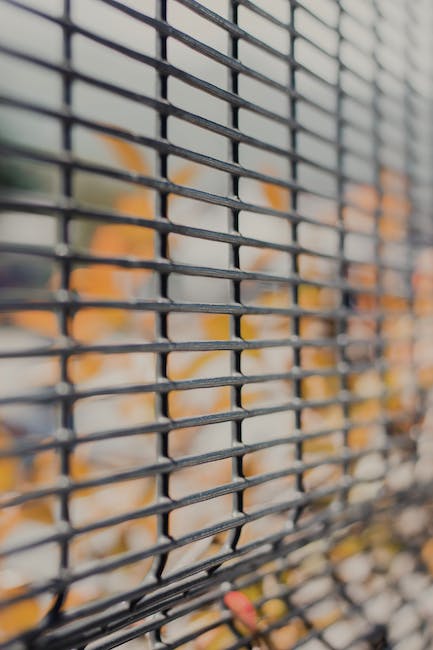As a new pet owner, one of the most important things you’ll need to tackle is potty training your furry friend. Whether you have a puppy or an adult dog, mastering crate training and housebreaking is essential for a happy, healthy home. While it may seem like a daunting task, with a little patience and persistence, you can teach your pup to do their business in the appropriate place. In this article, we’ll explore the ins and outs of potty prep, from selecting the right crate to establishing a routine that works for you and your furry friend. So, grab a cup of coffee, take a deep breath, and let’s get started on the road to potty training success!
1. “From Mess to Success: The Ultimate Guide to Potty Prep”
Are you tired of cleaning up messes and dealing with potty accidents? It’s time to prepare your child for potty training success! Here are some tips to help you get started:
- Start with readiness signs: Look for signs that your child is ready to start potty training, such as showing interest in the toilet or being able to communicate their needs.
- Create a routine: Set a regular schedule for potty breaks, such as after meals or before bedtime, to help your child develop a routine.
- Make it fun: Use positive reinforcement, such as stickers or small treats, to encourage your child to use the potty.
- Be patient: Potty training can take time, so be patient and don’t get discouraged by setbacks.
Remember, every child is different and may require a unique approach to potty training. With consistency and patience, you can help your child transition from mess to success!
2. “Crate Training 101: How to Make Your Pup Love Their Space”
Crate training can be a valuable tool for both you and your pup. It can provide a safe and comfortable space for your furry friend to retreat to when they need some alone time, and it can also help with potty training and preventing destructive behavior. Here are some tips to make your pup love their crate:
– Introduce the crate slowly: Start by placing treats and toys inside the crate and leaving the door open. Encourage your pup to explore the crate on their own terms.
– Make the crate cozy: Add a soft blanket or bed inside the crate to make it comfortable for your pup. You can also cover the crate with a blanket to create a den-like atmosphere.
– Use positive reinforcement: Reward your pup with treats and praise when they enter the crate voluntarily. Gradually increase the amount of time they spend in the crate, always rewarding good behavior.
Remember, crate training should never be used as a form of punishment. It should always be a positive experience for your pup. With patience and consistency, your furry friend will learn to love their space and see it as a safe and comforting place to be.
3. “Housebreaking Hacks: Tips and Tricks for a Clean and Happy Home
Housebreaking a new puppy can be a daunting task, but with the right tips and tricks, it can be a breeze. Here are some hacks to help you keep your home clean and your puppy happy:
- Establish a routine: Puppies thrive on routine, so establish a consistent schedule for feeding, playtime, and potty breaks. This will help your puppy learn when it’s time to go outside and reduce accidents in the house.
- Use positive reinforcement: Reward your puppy with treats and praise when they go potty outside. This will reinforce good behavior and encourage them to continue going outside.
- Limit access: Until your puppy is fully housebroken, limit their access to certain areas of the house. Use baby gates or close doors to keep them in a designated area where accidents can be easily cleaned up.
Remember, housebreaking takes time and patience. Don’t get discouraged if your puppy has accidents in the house. With consistent training and positive reinforcement, your puppy will learn to go potty outside and your home will stay clean and happy.
- Clean accidents immediately: If your puppy does have an accident in the house, clean it up immediately with an enzymatic cleaner. This will eliminate the odor and discourage your puppy from going potty in the same spot again.
- Be consistent: Consistency is key when housebreaking a puppy. Stick to your routine and training methods to help your puppy learn quickly and avoid confusion.
- Be patient: Housebreaking can take several weeks or even months. Be patient with your puppy and don’t get frustrated if they have setbacks. With time and consistency, your puppy will learn to go potty outside and your home will stay clean and happy.
In conclusion, crate training and housebreaking your furry friend may seem like a daunting task, but with patience, consistency, and positive reinforcement, it can be a rewarding experience for both you and your pup. Remember to set realistic expectations, establish a routine, and celebrate small victories along the way. With time and effort, your furry companion will become a well-behaved and potty-trained member of your household. Happy training!

